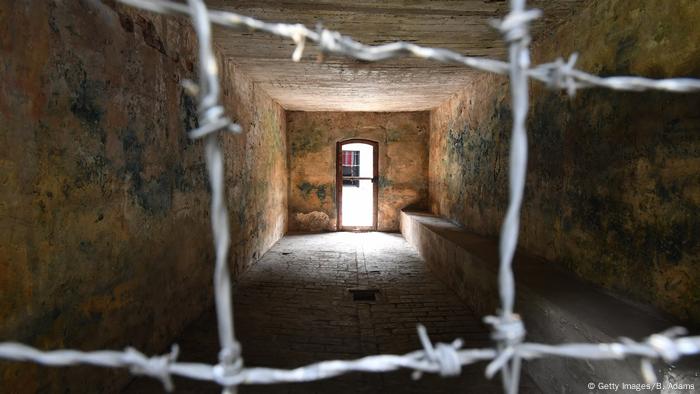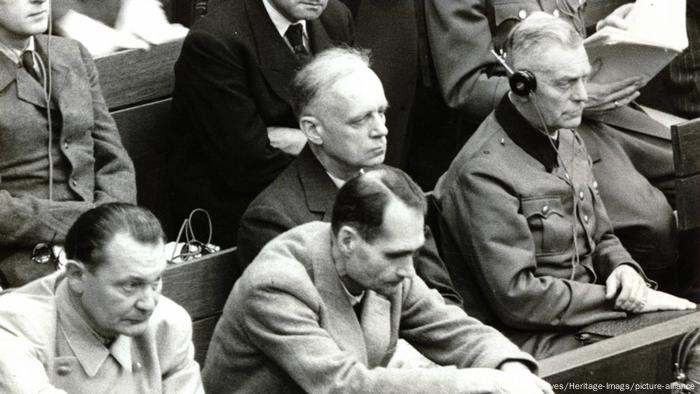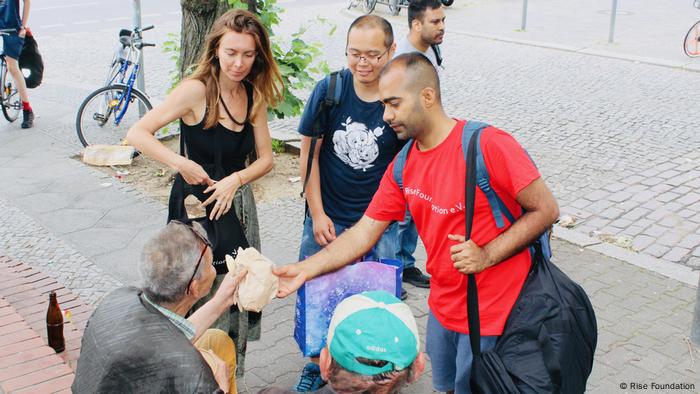
© Jacob Barker/CBC Unifor Local 195 President Emile Nabbout says JD Norman
needs to come to the table with the union.
The union representing workers at JD Norman Industries in Windsor says staff showed up for their shift Friday morning and were met by security guards who told them they had been let go.
Employees at the manufacturing facility are represented by Unifor Local 195.
President Emile Nabbout told CBC they were caught totally off guard.
"We were blindsided," he said. "We have no news from the employer whatsoever."
Roughly 65 people work at the facility which manufactures parts for General Motors, he said.
"The workers were devastated. Their families didn't know what to do," Nabbout explained.
The union representing workers at JD Norman Industries in Windsor says staff showed up for their shift Friday morning and were met by security guards who told them they had been let go.
Employees at the manufacturing facility are represented by Unifor Local 195.
President Emile Nabbout told CBC they were caught totally off guard.
"We were blindsided," he said. "We have no news from the employer whatsoever."
Roughly 65 people work at the facility which manufactures parts for General Motors, he said.
"The workers were devastated. Their families didn't know what to do," Nabbout explained.

© Jacob Barker/CBC Union flags wave outside the JD Norman
facility on Hawthorne Drive. About 65 people work at the plant.
JD Norman did not immediately respond to calls seeking comment on the situation.
Online profiles for the company show it's based in Illinois.
Nabbout said it's his understanding management at the location in Windsor weren't notified about the closure either.
"We need this employer to come to the table, meet with the union and try to figure [it] out," said the union president. "If the company is not able to operate the business we have to negotiate a decent closure agreement."
Tweets from Unifor Local 444 showed workers demonstrating outside the facility on Hawthorne Drive.
"JD Norman Industries has suddenly locked out workers represented by Unifor Local 195 without warning!" read one post on social media. "Nothing in nothing out!
JD Norman did not immediately respond to calls seeking comment on the situation.
Online profiles for the company show it's based in Illinois.
Nabbout said it's his understanding management at the location in Windsor weren't notified about the closure either.
"We need this employer to come to the table, meet with the union and try to figure [it] out," said the union president. "If the company is not able to operate the business we have to negotiate a decent closure agreement."
Tweets from Unifor Local 444 showed workers demonstrating outside the facility on Hawthorne Drive.
"JD Norman Industries has suddenly locked out workers represented by Unifor Local 195 without warning!" read one post on social media. "Nothing in nothing out!




















